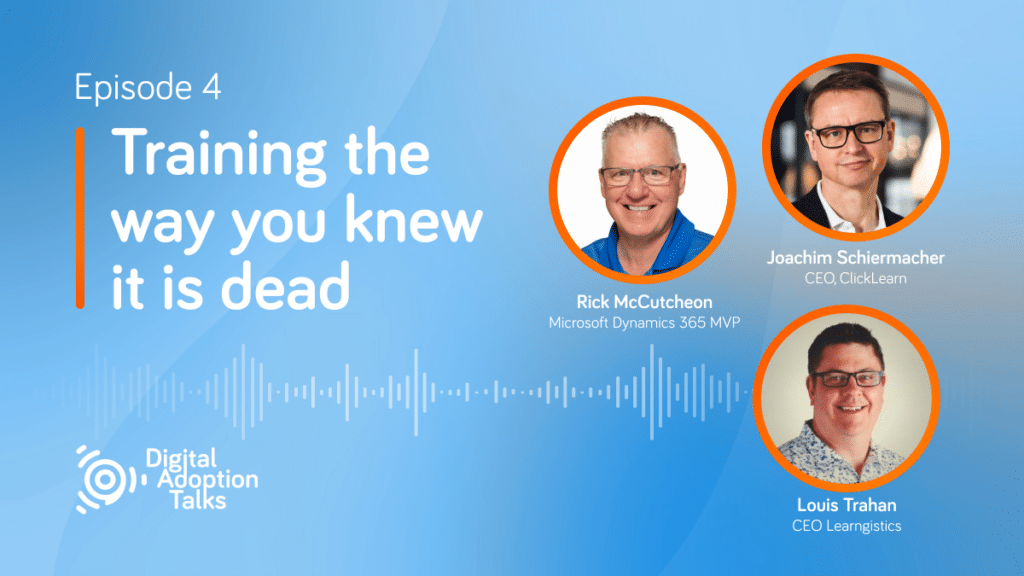Most importantly, find out what’s almost always missing from instructors–and curriculum builders–skill sets and what kind of teams organizations need to put together to ensure outstanding virtual learning.
Virtual learning for software skills has seen a sharp uptick, with between 60-100% of existing virtual training predicted to stay that way.
Learning is changing and training the way you knew it is dead. Take a dive into the instructional & design side of learning development with Louis Trahan (CEO Learngistics).
